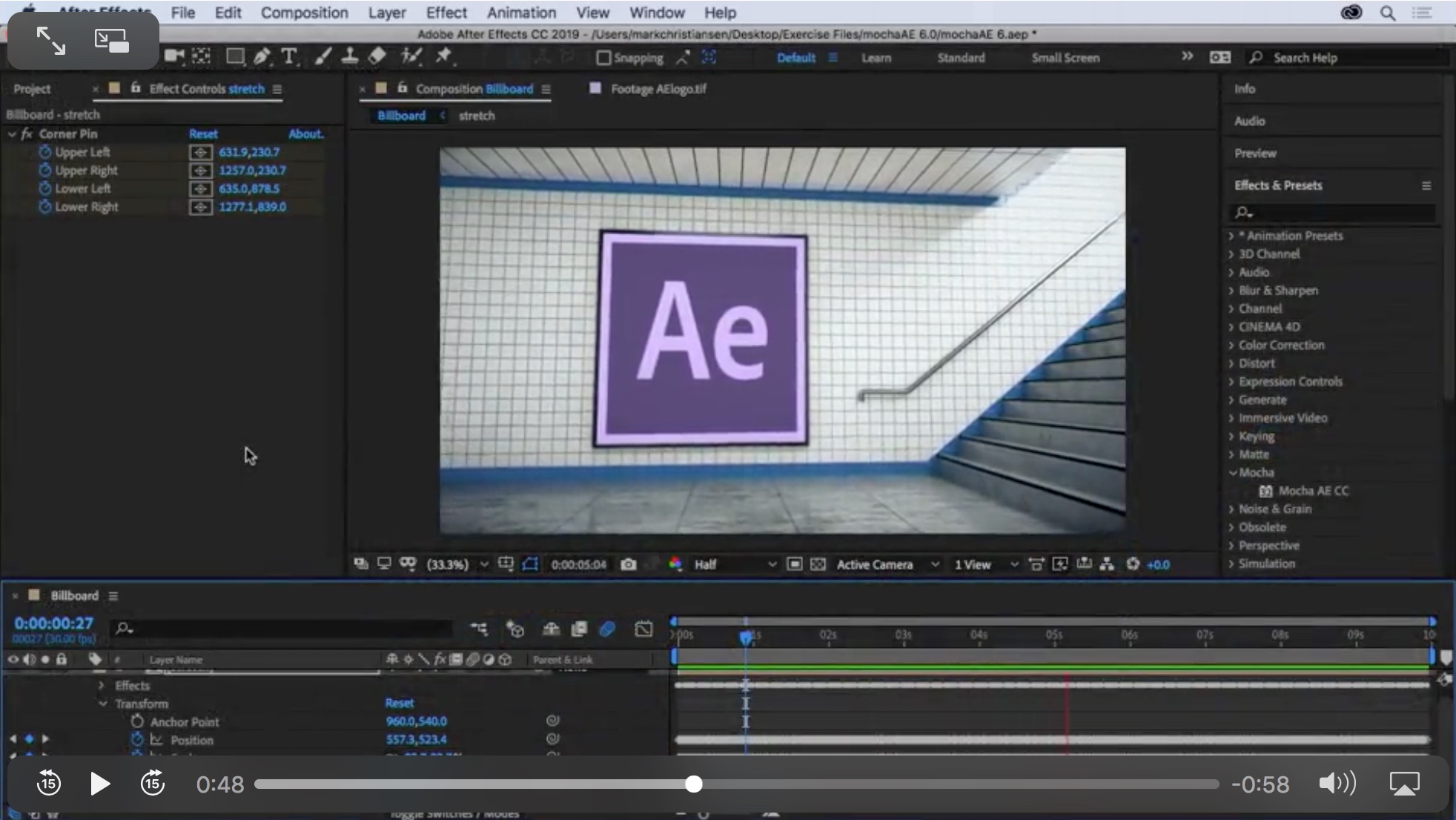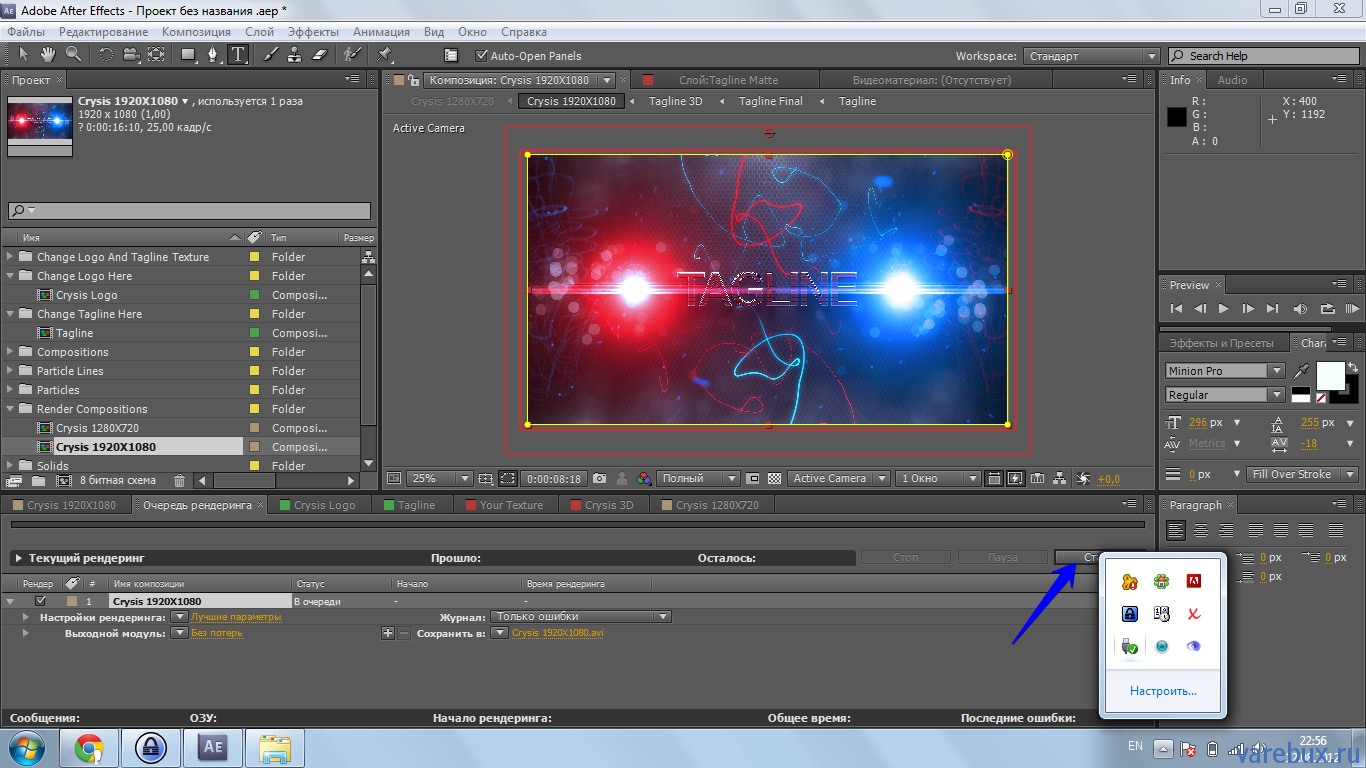

If you are currently using an older version of the Adobe software, maybe an upgrade of the Adobe version could help. mov file to the timeline of After Effects as an audio track, instead of a video track. Or After Effects only import audio from MOV files for you.

The error message goes like, "This file is damaged or unsupported", "Codec missing or unavailable" and "32-bit QuickTime support ending". However, you may have the same questions listed above when using it. I don't get it, can anyone help me?"Īccording to Adobe official website, After Effects natively supports MOV QuickTime format. mov file, it says the file type is unsupported. mov file imported in the project, but when I try to import another. mov files created by iPhone, GoPro, Canon canmer, DJI drone, iMovie, and more? Here you will find the possible causes and solutions to fix this issue.
Support for ProRes HDR footage allows for accurate import of Rec2020 and PQ/HLG color information from HDR media in ProRes containers.ĭid you miss the ProRes export support on a Windows machine in Premiere? Is this going to influence your future OS choice? Let us know in the comments underneath the article.After Effects rejects to import. Faster decoding for Canon Cinema RAW Light footage provides improved playback on multicore Windows 10 machines. On Windows systems, both the HEIF Image Extension and the HEVC Video Extension need to be installed. This feature requires macOS 10.13, or higher, and Windows 10 (version 1809 or higher). HEIF files, recorded on iOS devices can be imported into Premiere Pro and Media Encoder on Mac OS and Windows. HEIF Import & More on Adobe Premiere (and Media Encoder) 13.0.2 UpdateĪpart from the support for Apple ProRes Export on Windows, the update 13.0.2 adds the import for HEIF files created on iOS devices, improved performance with the Canon Cinema RAW Light on Windows, and import support for ProRes HDR footage. The options for ProRes export in Adobe Premiere are now as follows: Support for ProRes on Mac OS and Windows helps streamline video production and simplifies final output, including server-based remote rendering with Adobe Media Encoder. 
Until now, Windows Adobe Premiere users had to use a different software (for example Blackmagic Fusion) or use all kinds of workarounds.Īdobe worked with Apple to provide ProRes export using Premiere Pro and After Effects. Many clients, however, require delivery in ProRes format. The cross-platform equivalent of ProRes so far was Avid DNxHD and DNxHR.







 0 kommentar(er)
0 kommentar(er)
